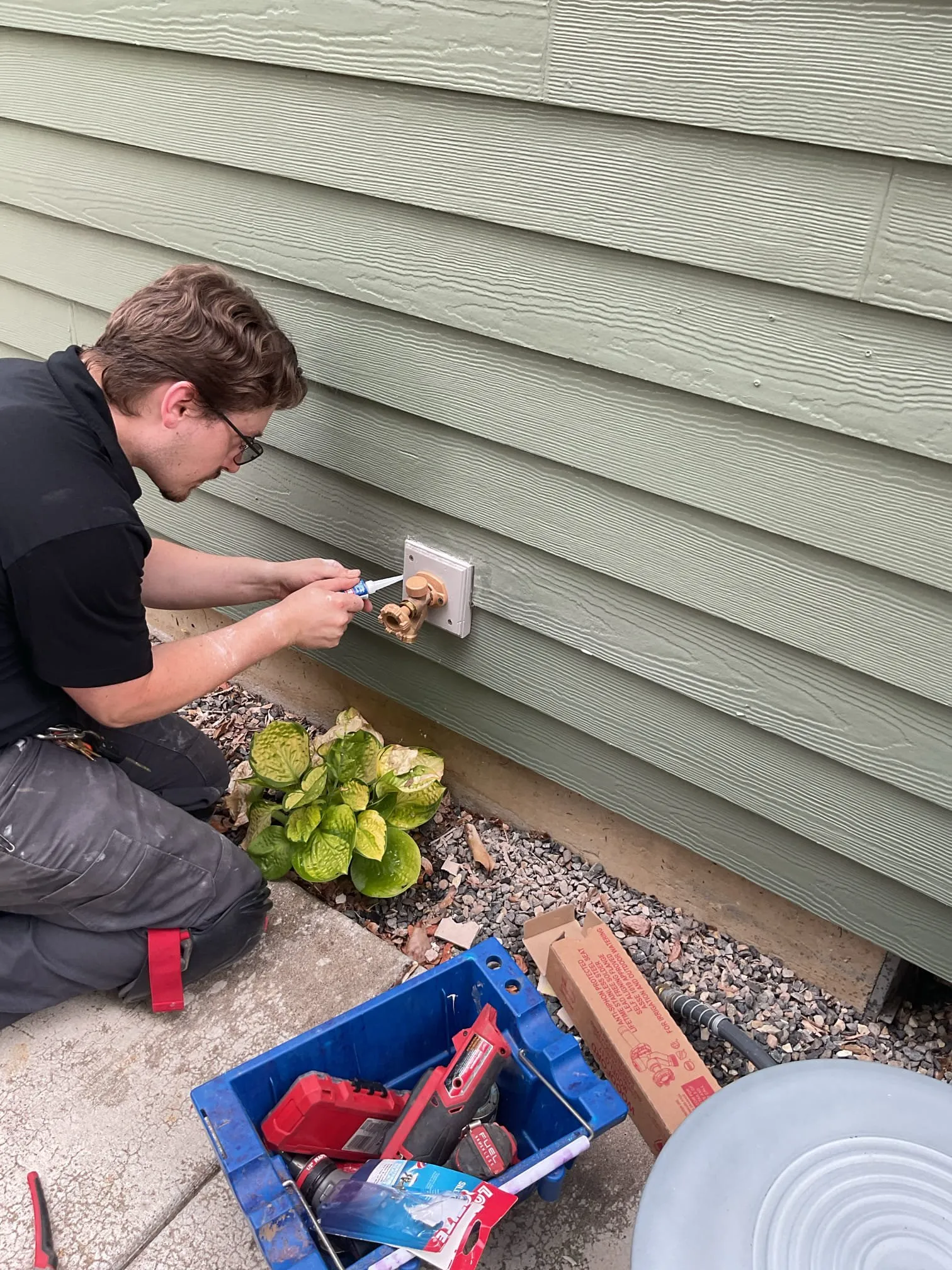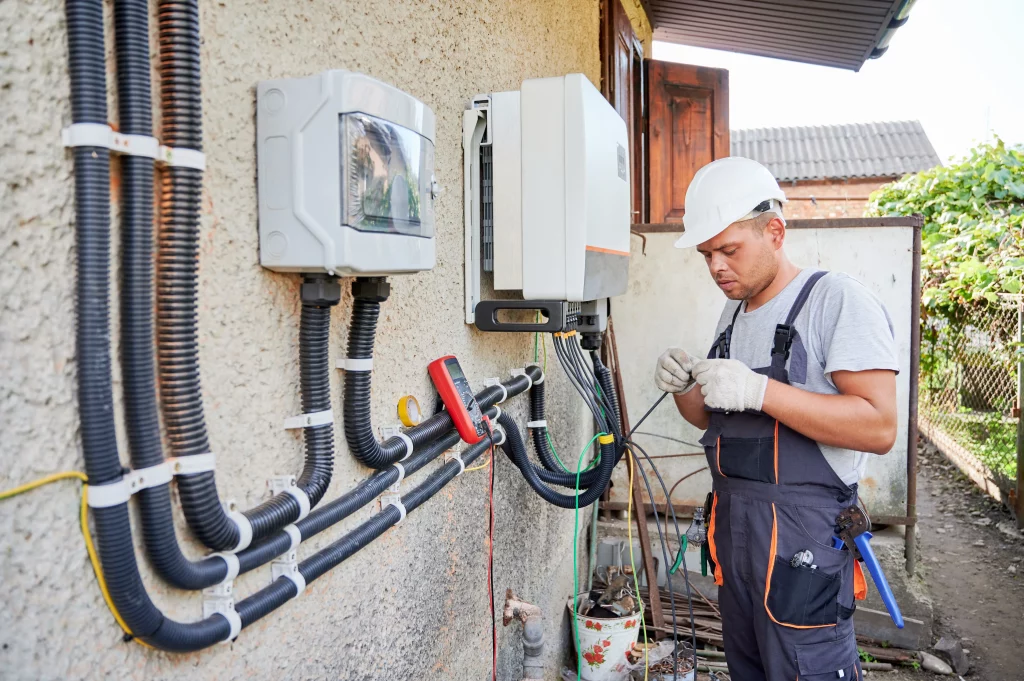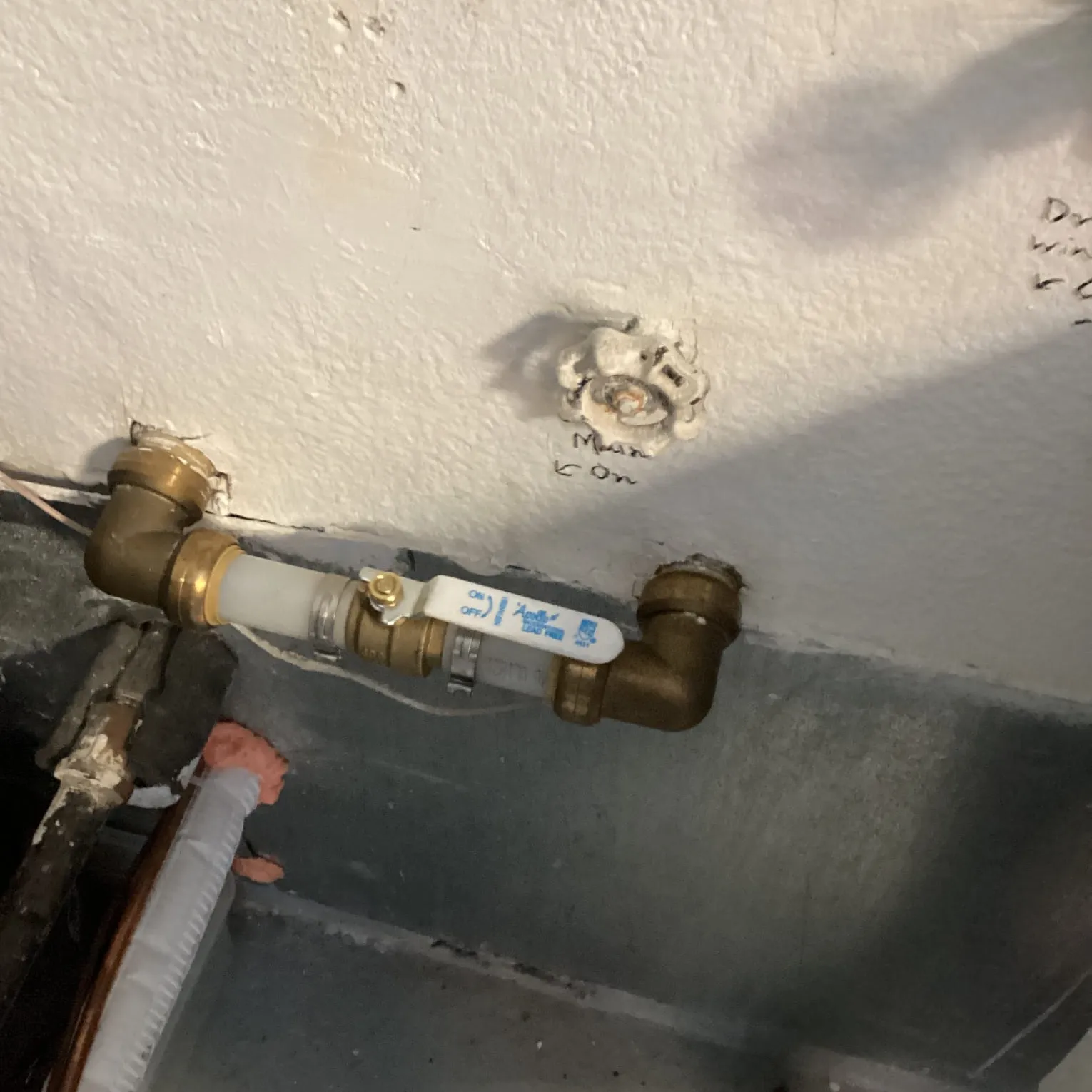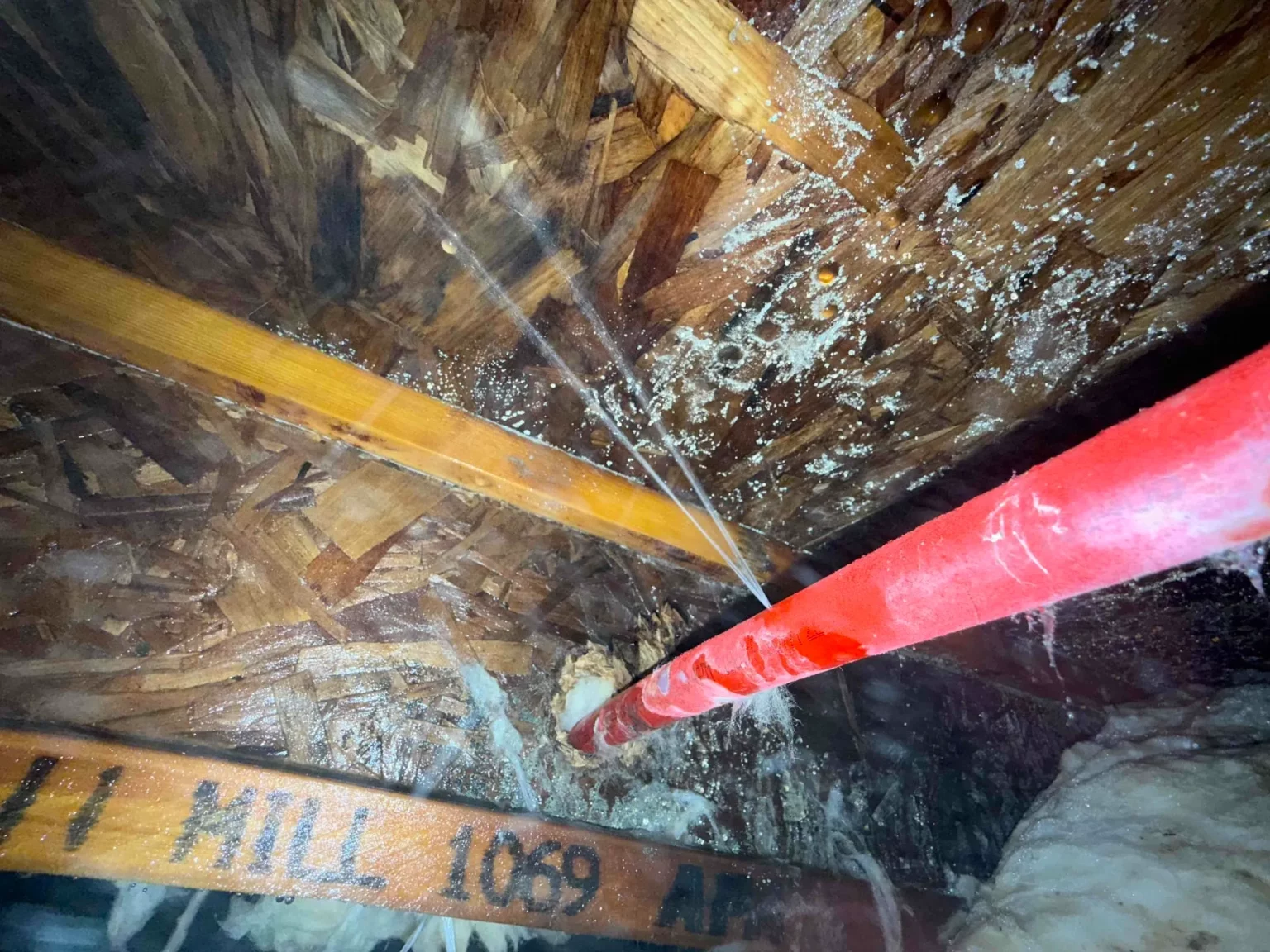

Seasonal plumbing maintenance is a critical practice for safeguarding a home against two significant threats: electrical system failures and exterior damage. Undetected leaks and moisture from plumbing systems can introduce serious electrical hazards, including short circuits and an increased risk of fire, while also causing costly damage to siding, paint, and structural components. A proactive approach to plumbing upkeep throughout the year is the most effective strategy to mitigate these risks, ensuring the safety and integrity of the entire property.
This guide provides a comprehensive overview of how seasonal plumbing care directly impacts a home’s electrical safety and exterior condition. With years of hands-on experience, the professionals at Simpson Plumbing have addressed countless issues stemming from neglected plumbing, offering a clear understanding of preventive measures. The following sections will detail the specific risks involved and provide actionable steps for homeowners to protect their investment.
The interaction between water and electricity is a hazardous combination that can lead to severe consequences. Even minor plumbing leaks can compromise a home’s electrical system, creating immediate safety risks.
When water comes into contact with electrical wiring, it can lead to a short circuit, where electricity flows outside its intended path. This can cause wires to overheat, spark, and potentially ignite surrounding materials, posing a significant fire hazard. According to a report by the National Fire Protection Association (NFPA), an estimated average of 32,620 home fires each year between 2015 and 2019 involved electrical distribution and lighting equipment.
Water can also cause corrosion on wires, outlets, and electrical panels. This degradation weakens connections, increases electrical resistance, and can lead to overheating and system failure over time. Professional electricians can assess and address wiring that has been compromised by moisture.
Ground Fault Circuit Interrupter (GFCI) outlets are essential safety devices, particularly in areas with a high risk of moisture like kitchens, bathrooms, laundry rooms, and basements. A GFCI outlet monitors the electrical current and, if it detects an imbalance or a ground fault (which can occur when electricity comes into contact with water), it shuts off the power in a fraction of a second. This rapid response helps prevent severe electrical shock and electrocution.
Regular testing of GFCI outlets is vital to ensure they are functioning correctly. The typical lifespan of a GFCI outlet is about 10 to 15 years, after which it may become less reliable.
Bonus Tip: Test GFCI outlets monthly by pressing the “TEST” button, which should cut power to the outlet. Then press the “RESET” button to restore power. If the outlet does not trip or reset properly, it should be replaced immediately.
While not directly related to leaks, a home’s overall electrical resilience is important. Power surges, often caused by lightning or fluctuations in the power grid, can damage sensitive electronics. A plumbing leak that causes a short circuit can also create power surges. Whole-house surge protectors can safeguard all appliances and electronics from unexpected voltage spikes, providing another layer of protection for the home’s electrical infrastructure.

The impact of plumbing issues extends beyond the interior of a home. Leaks from pipes, faucets, and drainage systems can cause significant and often gradual damage to the exterior surfaces.
Persistent moisture from a slow leak is a primary enemy of exterior house paint and siding. When water seeps behind siding, it can saturate the underlying wood sheathing, leading to rot and decay. This moisture can also cause paint to peel, blister, or crack. Water damage and freezing are among the most common and costly home insurance claims, highlighting how frequently these issues arise.
Exterior house painters, like the experts at Pearl Painters, often discover underlying moisture problems during their prep work. Properly maintained plumbing is a prerequisite for a lasting paint job.
Though often considered part of the roofing system, gutters and downspouts are crucial for water management. When clogged with leaves and debris, they can overflow, causing water to run down the siding and pool around the foundation. This constant exposure to water can lead to the same paint and siding damage as a leaking pipe.
Bonus Tip: Clean gutters at least twice a year, in the spring and fall, to ensure they function correctly and direct water away from the house as intended.
Proactive maintenance is the best defense against plumbing-related electrical and exterior damage. The following table outlines key tasks to perform throughout the year.
| Season | Maintenance Tasks |
|---|---|
| Spring | – Inspect outdoor faucets and hose bibs for freeze damage. – Check for leaks in pipes, faucets, and under sinks.- Test the sump pump to ensure it’s ready for spring rains. – Clean gutters and downspouts of winter debris. |
| Summer | – Check washing machine hoses for bulges or cracks. – Inspect sprinkler systems for leaks and proper function. – Look for signs of leaks around the foundation. |
| Fall | – Disconnect, drain, and store outdoor hoses. – Insulate exposed pipes in unheated areas like basements or crawl spaces.- Flush the water heater to remove sediment. – Clean gutters again after leaves have fallen. |
| Winter | – Keep an eye on pipes in cold areas; allow faucets to drip during deep freezes to prevent bursting. – Monitor for any sudden drops in water pressure, which could indicate a frozen pipe. |
Before problems arise, it’s wise to assess your home’s specific vulnerabilities.
Ultimately, seasonal plumbing solutions are fundamental aspect of responsible homeownership. By taking proactive steps to inspect and maintain plumbing systems, homeowners can prevent the cascading effects of water damage, from severe electrical hazards to the gradual decay of the home’s exterior. Evaluating a property’s specific needs and addressing potential issues before they escalate is the most effective way to ensure long-term safety and structural integrity.
For a comprehensive assessment of your plumbing system or to address any existing concerns, professional guidance is invaluable. The experienced team at Simpson Plumbing is available to provide expert service and answer your questions. Contact us by calling (360) 954-2041 or sending an email to [email protected] to schedule an inspection.
It is recommended to have a comprehensive plumbing inspection performed by a qualified professional at least once every two years. For older homes or properties with a history of plumbing issues, an annual inspection provides greater peace of mind.
Many routine tasks, such as cleaning gutters, inspecting for obvious leaks, and disconnecting hoses, can be handled by homeowners. However, tasks like water heater flushing, sump pump testing, and any repairs should be performed by a professional to ensure they are done safely and correctly.
The first and most crucial step is to shut off the main water supply to your home to prevent further water damage. The main shut-off valve is typically located in the basement, a crawl space, or near the water meter. After stopping the water flow, your next call should be to a professional plumber.
Older homes may have galvanized steel pipes, which are prone to corrosion and rust over time, increasing the likelihood of leaks. While copper and PVC are more durable, all plumbing materials can eventually fail due to age, water pressure, or environmental factors.
Consistently high water pressure puts significant stress on pipes, joints, and appliances, which can lead to leaks and bursts. A pressure regulator can be installed to maintain a safe and consistent pressure throughout your home’s plumbing system.


